
Politics
18:49, 30-Jun-2017
How a small fishing town became Asia's world city
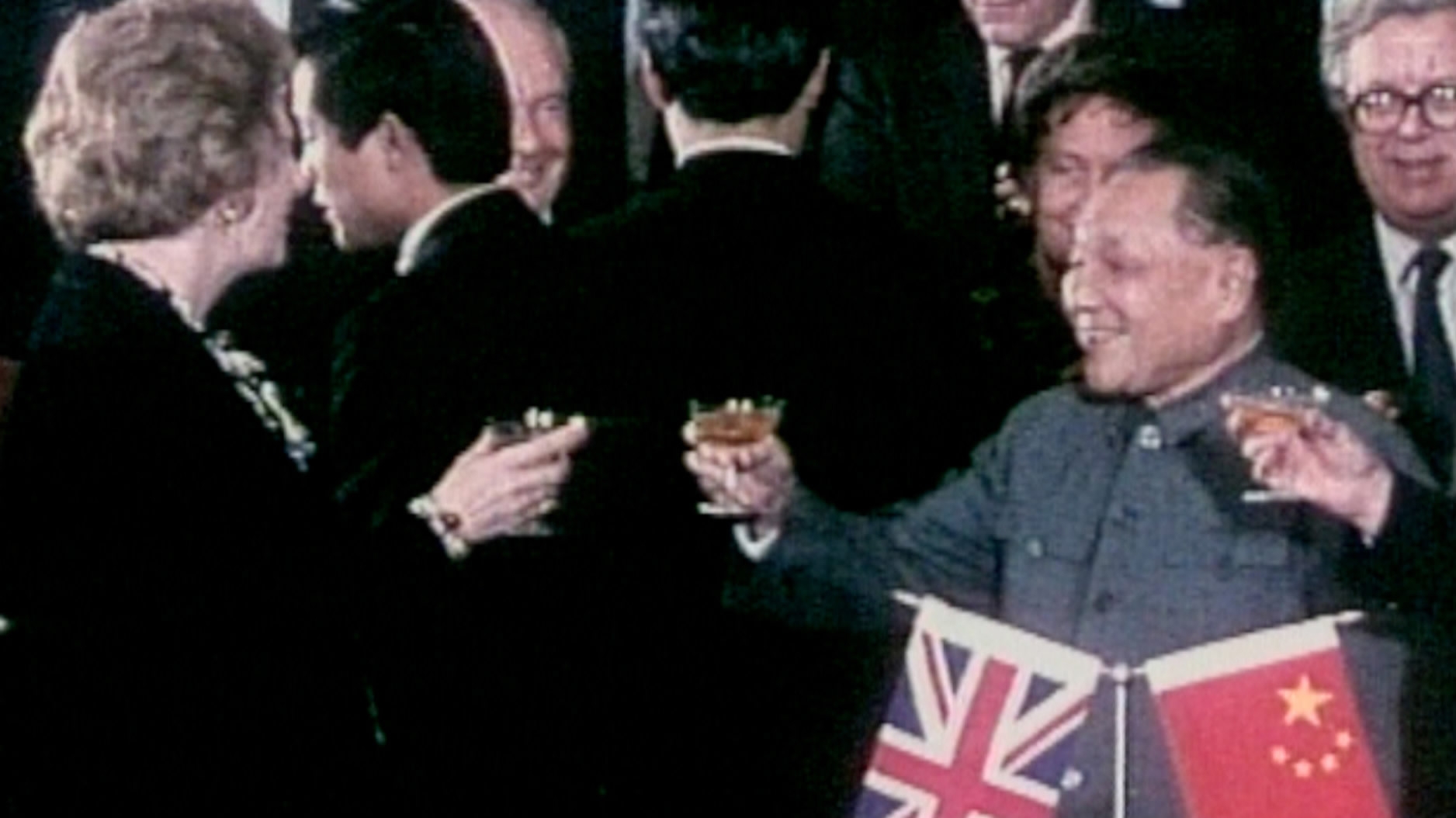
By CGTN's Shan Yuan, Zhang Wanbao
"Pearl of the East", "Europe in Asia" or "Asia’s World City", these are just a few of the nicknames that have been given to Hong Kong over the years.
The name literally means "fragrant harbor" and Hong Kong is a place where many cultures and customs meet and merge.
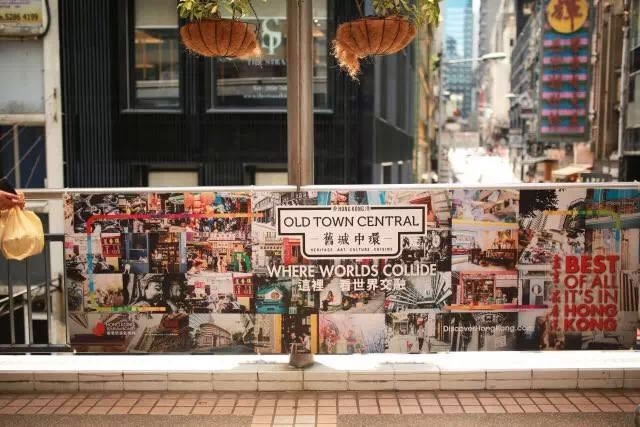
CGTN Photo
CGTN Photo
Although Hong Kong has been part of China since ancient times, it is unlike any other Chinese city; it has its own currency, political system and judiciary.
The international metropolis that is now home to over 7 million people was nothing more than a small fishing town two hundred years ago.
An identity of its own
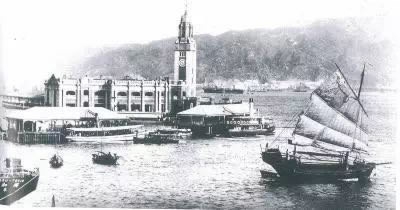
VCG Photo
VCG Photo
Winds of change began when China was forced to give away Hong Kong island to Britain after the first Opium War in 1842.
Soon, the British colony became an outpost for other colonial powers to the Far East. Hong Kong was the first stop for explorers, businessmen and military figures entering the Middle Kingdom.
Hong Kong began to develop an identity of its own, as suit-wearing gentlemen from the West started to mingle with oriental Chi-pao ladies.
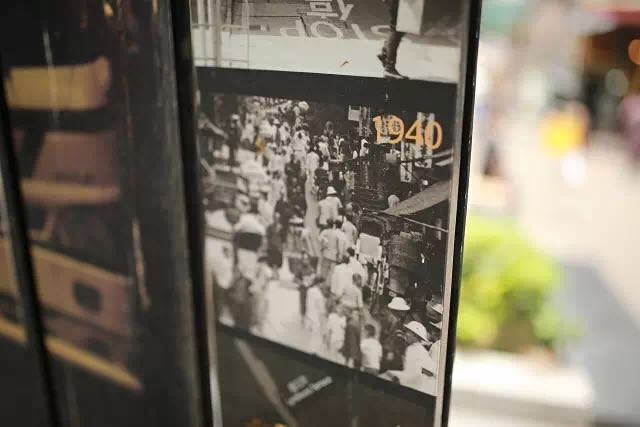
CGTN Photo
CGTN Photo
Hong Kong was occupied by Japanese forces from 1941 to 1945, but remained largely untouched by other major conflicts in the region.
After World War Two, Hong Kong enjoyed an economic revival. Beginning in the 1970s, the city became an economic powerhouse in Asia, and along with Taiwan, Singapore and South Korea, is known as one of the four "Asian Tigers".
A multicultural urban scene
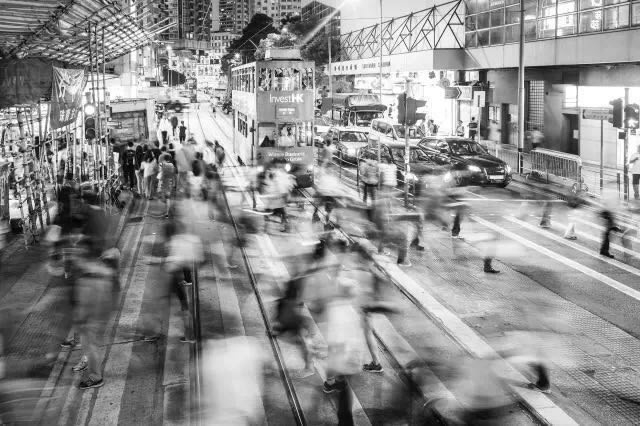
VCG Photo
VCG Photo
From the 1950s to the 1980s, an estimated one million refugees moved to Hong Kong and provided cheap labor for the region’s economic growth.
These immigrants also shaped the multicultural demographic of Hong Kong. Apart from Chinese residents who made up 92 percent of its population, Indonesians, Filipinos and Europeans lived and worked together making Hong Kong one of the most diverse parts of Asia.
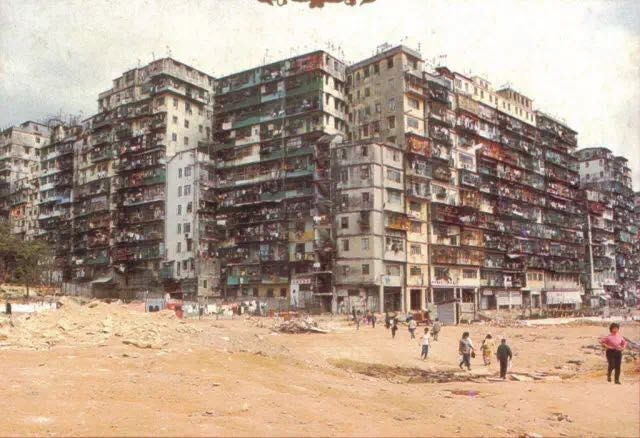
CGTN Photo
CGTN Photo
Infamous settlements where refugees and immigrants gathered, such as Chungking Mansions and Kowloon Walled City, gave people an alternative view of Hong Kong’s densely-populated urban scene.
Cantonese, Mandarin and English still peacefully coexist in the city.
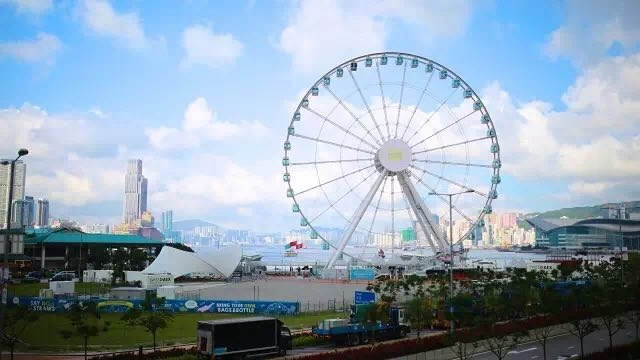
CGTN Photo
CGTN Photo
In the 1980s, Hong Kong was also a leader in Asia's entertainment industry and had a huge impact on the Chinese-speaking world.
For many artists from the Chinese mainland, Hong Kong was their Hollywood and Cantonese was their official language – many of them chose to go to the city and learn Cantonese to start their showbiz careers.
A bright future

CGTN Photo
CGTN Photo
After its return to China in 1997, Hong Kong entered a new era of development and is now an important sea port in China's Belt and Road Initiative.
Hong Kong was and is so many things in one. A city which has drawn influence from both the East and the West, ancient and modern, the past and the future.
1973km
Related stories:

SITEMAP
Copyright © 2018 CGTN. Beijing ICP prepared NO.16065310-3
Copyright © 2018 CGTN. Beijing ICP prepared NO.16065310-3